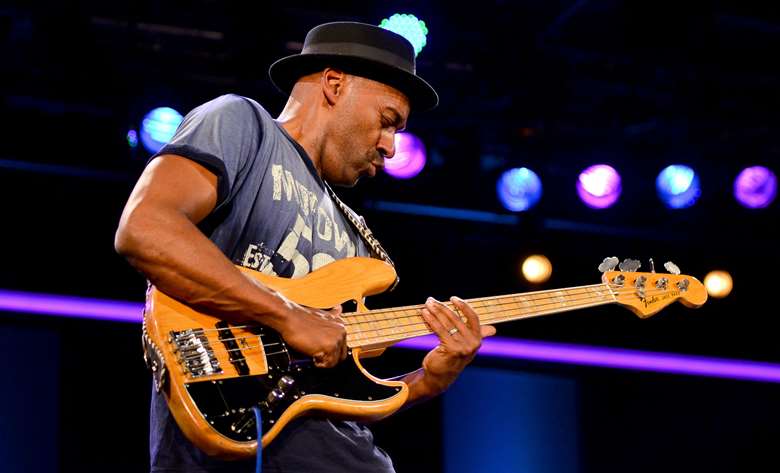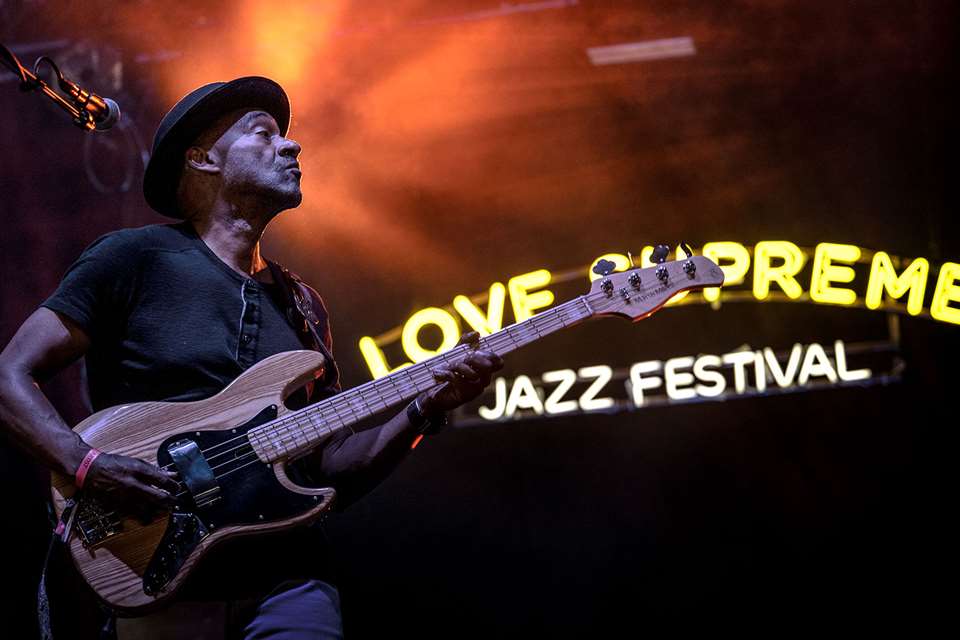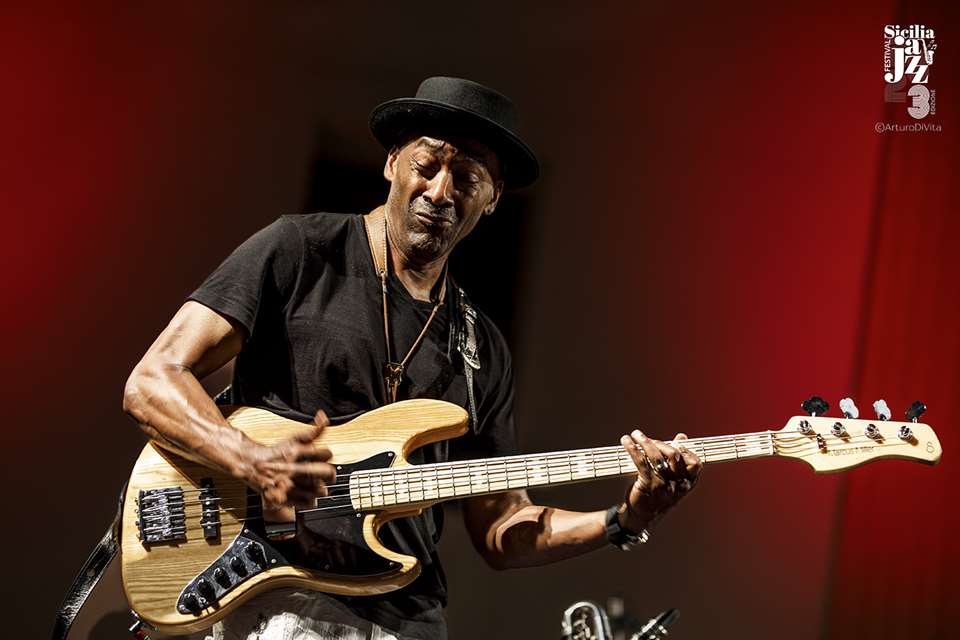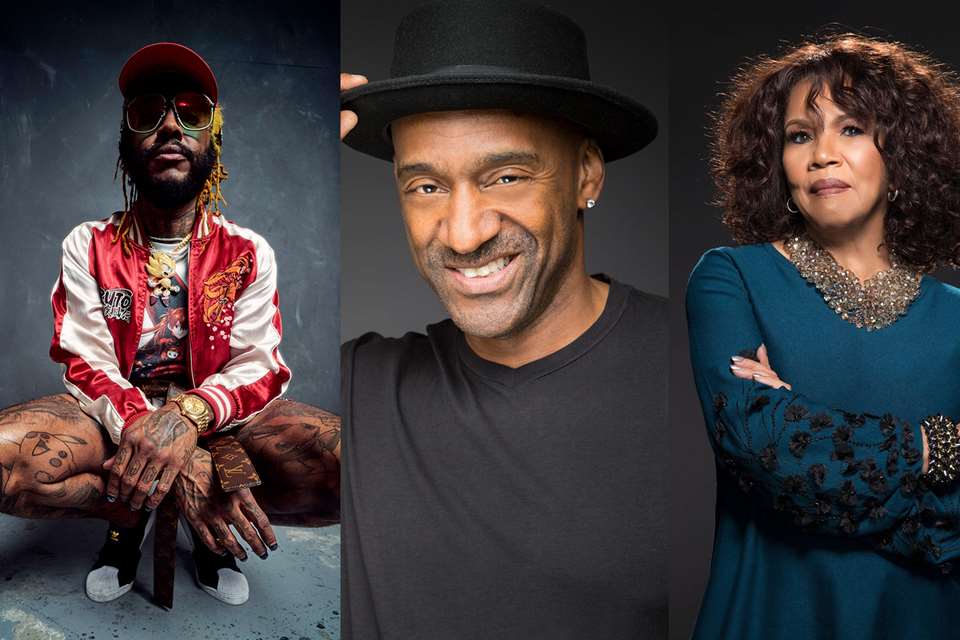Marcus Miller interview: “It was incredible to travel with Miles, and see the effect he had on people all around the world”
Stuart Nicholson
Friday, July 28, 2023
The bassist extraordinaire speaks to Stuart Nicholson about making music with Miles Davis, Wayne Shorter, Grover Washington Jr, Frank Sinatra and countless others


Register now to continue reading

Thank you for visiting Jazzwise.co.uk. Sign up for a free account today to enjoy the following benefits:
- Free access to 3 subscriber-only articles per month
- Unlimited access to our news, live reviews and artist pages
- Free email newsletter


